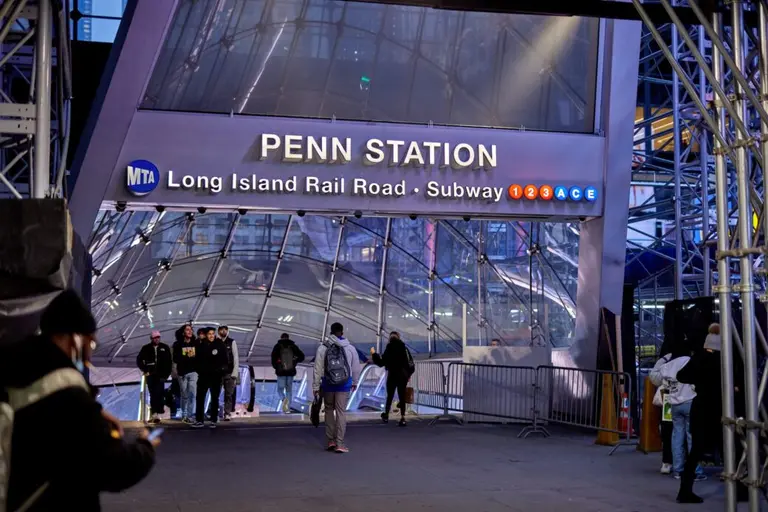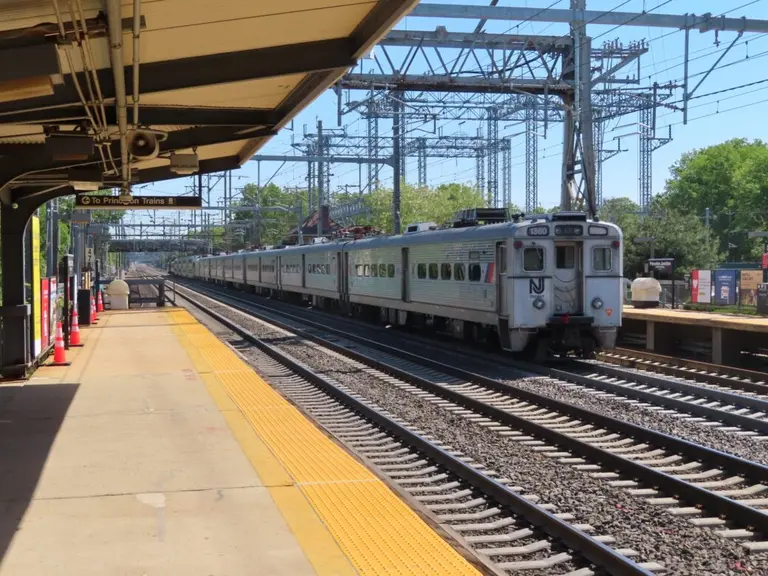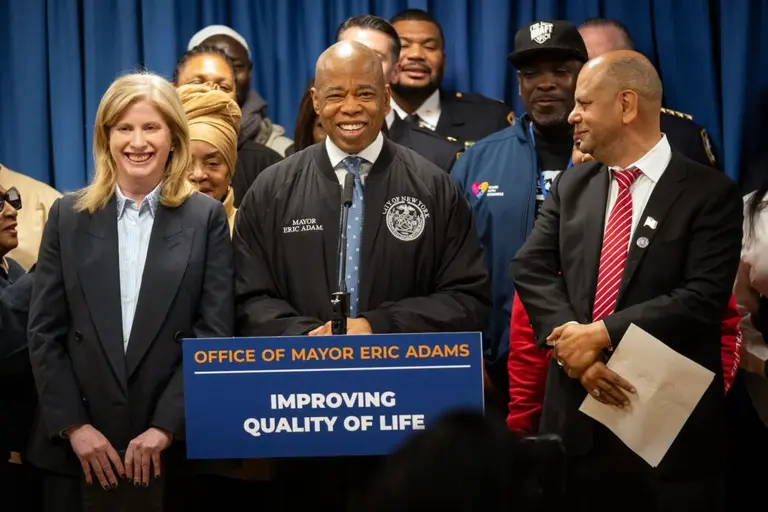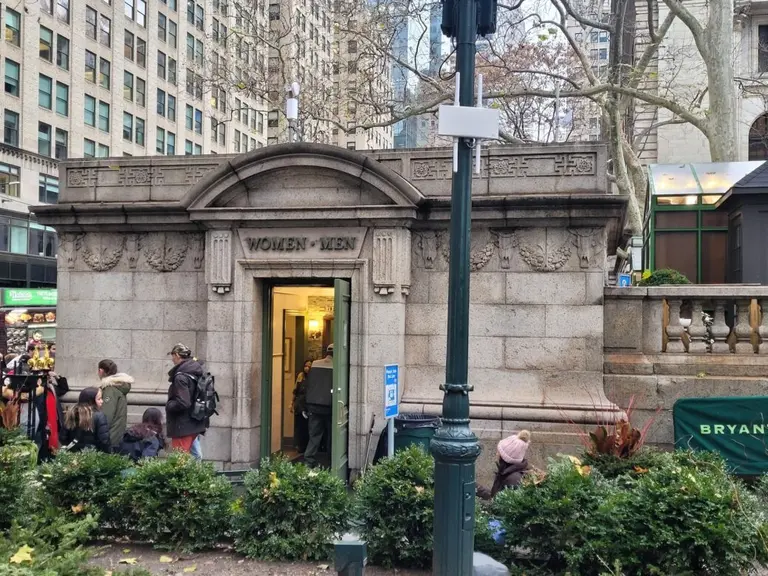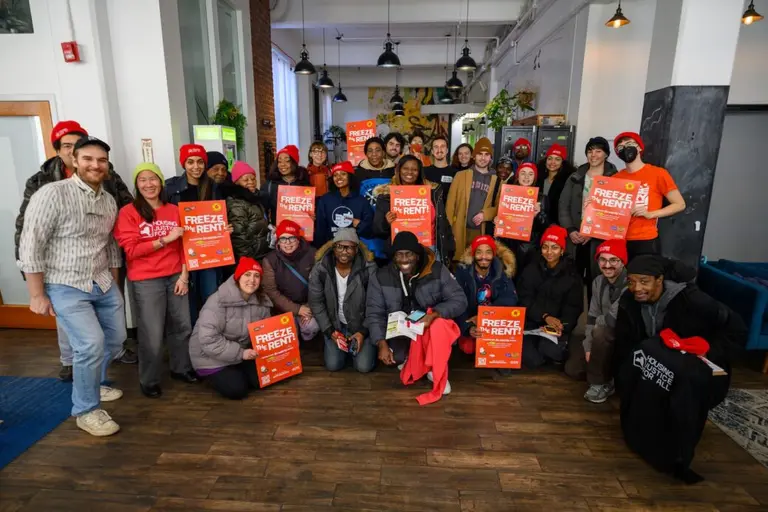With COVID hospitalizations increasing, New York outlines new plan to avoid overwhelming the system

As of Sunday, November 29, 3,532 New Yorkers were hospitalized for COVID, the highest since May 29. The increase is steep; on October 29, just 1,085 people were hospitalized. In his press conference today, Governor Cuomo referred to this as “a new phase” in “the war on COVID,” attributing it to colder weather, increased travel, and small gatherings, which now account for 65 percent of all new cases statewide. With these numbers expected to increase during the holidays, the state is turning its attention to hospitals. To prevent overwhelming the system as we saw in the spring, the governor announced a new five-point plan to slow the spread of the virus.
According to yesterday’s data, the daily metrics are as follows:
- Positivity in only focus areas: 6.22%
- Statewide positivity without all focus areas: 4.02%
- Overall statewide positivity with all focus areas: 4.57%
- Test results reported: 148,974
- Statewide deaths: 54
- Statewide hospitalizations: 3,532 (+160)
- Statewide ICU: 681 (+14)
- Statewide intubations: 325 (-1)
The five strategies are outlined as follows:
1. HOSPITAL CAPACITY
The state will add to its yellow, orange, and red micro-cluster zone approach the following factors:
- Hospital rate
- Death rate
- Case rate
- Available hospital beds
- Available ICU beds
- Available staff
- Effective patient load management
- PPE and equipment availability
The metrics for these factors will be set once the state reviews the “post-Thanksgiving effect,” which isn’t likely to be apparent for three days to a week.
In the spring, the epicenter of the virus was New York City, and the state was able to bring resources from upstate to help in the effort. Now, however, the surge is state-wide, which means each hospital system and region must adequately prepare.
If the hospital system does become overwhelmed, the state will implement an emergency stop for zone modification or reinstate the New York on PAUSE shutdown.
The state will also initiate the following emergency hospital procedures:
- Staff shortage: Identify retired nurses and doctors NOW
- Stop elective surgery in Erie County
- Individual hospital networks load balancing mandate
- Prepare emergency field hospitals plan
- Hospitals plan to add 50% bed capacity
- Prepare to implement statewide “surge and flex” which is transferring patients from one hospital network to another
- Prepare to staff emergency field hospitals
- Confirm 90-day PPE stockpile
Governor Cuomo said he is more concerned about staffing than he is space. “It’s extraordinarily difficult and expensive, but we can build beds. We can’t create more staff. And the staff is starting tired.” He also noted that in the spring, 60,000 medical staff from outside New York volunteered to help, but now the pandemic is affecting the entire nation, so it will mainly be retired doctors and nurses in New York.
2. TESTING
Overall, the state will work to increase the gross amount of testing, but regions must work to balance testing distribution among healthcare workers, nursing homes, schools, essential workers, business professionals, personal services, and general population students returning from traveling etc.
3. KEEP SCHOOLS OPEN SAFELY
“All the testing says schools are safer than the surrounding community,” said Governor Cuomo. Therefore, the state wants to see K-8 school open whenever safe.
Yesterday, Mayor Bill de Blasio announced that New York City pre-kindergarten and elementary public school students can return to in-person instruction starting December 7. As 6sqft reported earlier today:
The news comes just two weeks after the mayor shuttered public school buildings, citing the citywide coronavirus positivity rate of 3 percent on a seven-day average, a metric established as part of the administration’s reopening plan. But after criticism over allowing indoor dining and gyms to remain open but not schools, de Blasio said Sunday he would ditch the 3 percent threshold and look at the number of cases at each school instead.
When it comes to school testing, those in orange (20% over a month) and red zones (30% over a month) must implement testing on a weekly, rolling basis. These testing protocols are the minimum required for schools to stay open, but the state or local district may increase testing for special circumstances.
4. SMALL GATHERING SPREADING
At 65%, small gatherings and family get-togethers are the number-one spreaders of COVID currently. Since government’s ability to monitor these gatherings is limited, the state will begin a public education campaign as they did on mask-wearing. On November 11, the state limited indoor gatherings to 10 people, which is still in effect.
5. VACCINATION PROGRAM
With both Pfizer and Moderna saying vaccine delivery could begin in the next few weeks, the state will begin further outlining its distribution plan, which will be focused on the three pillars of fairness, equity, and safety and will be an inclusive process that includes outreach to Black, Brown, and poor communities.
RELATED:

